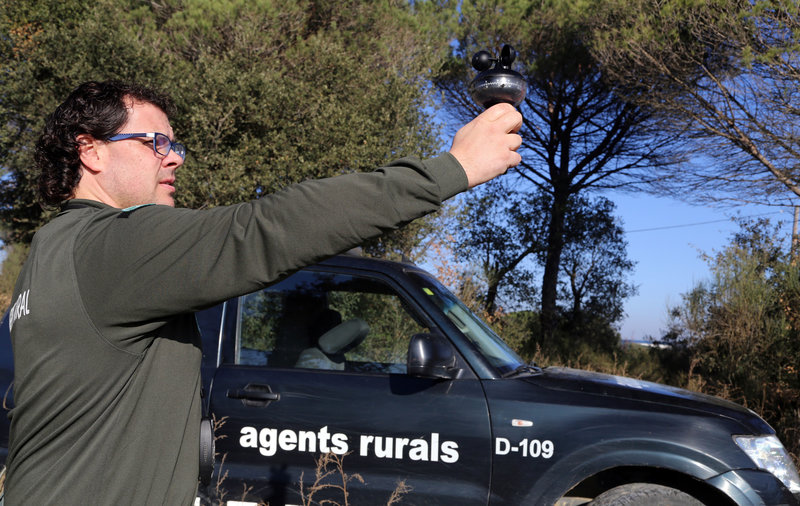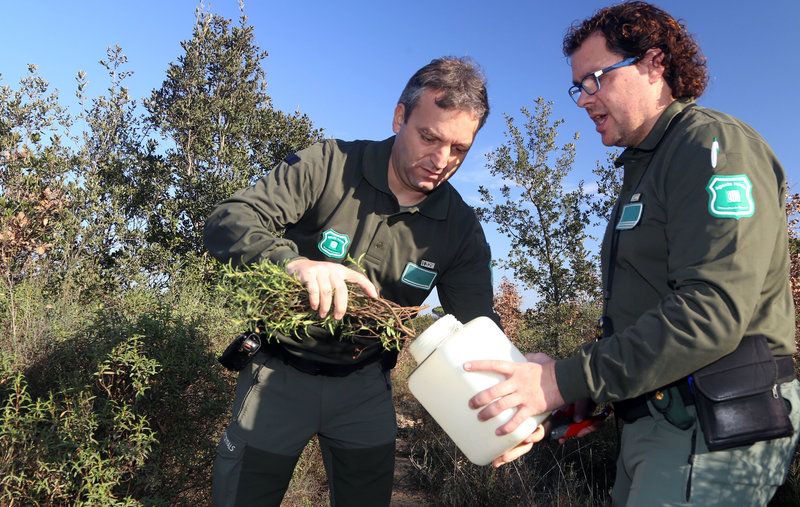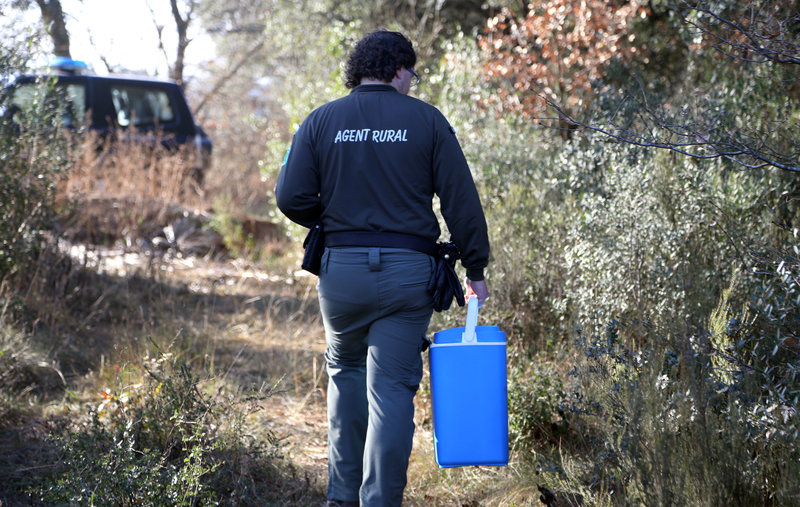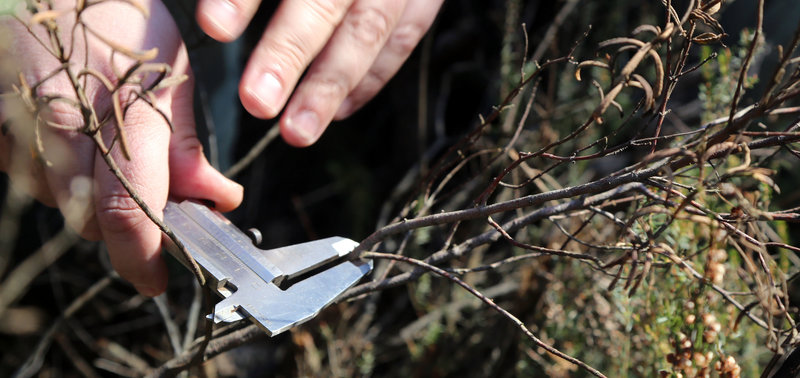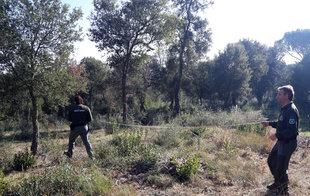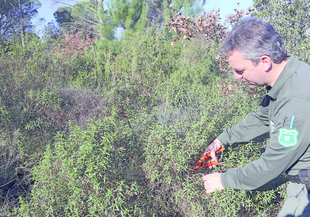Remaining vigilant
The forest fire always asks plants the same questions: how much water do you have to defend yourself?” Xavier Castro talks about fire as if it were a person to explain the relationship between the risk of fire and the water stress on plants. As head of inspections at the Generalitat's Inspecció del Servei de Prevenció d'Incendis Forestals, he has firsthand knowledge of the state of the woodlands and every two weeks receives the results of the analyses carried out on samples taken by park rangers in strategic places around the country.
That is why he knows that the answers given by plants would, at the very least, be cause for concern: “The situation is not good,” he says, “plants are not as used to quantity as much as regularity, and it has been too long without regular rainfall, except in the western Pyrenees.”
This particularly affects woodland, as farmland can compensate for the lack of rain with the moisture held in the soil. “In fields with cereals, for example, if 40 millimetres of rain falls in April and 30 in May, even though it may not register much on the rain gauge, there is still enough for a harvest. However, in woodland it is not the same; there is not the same depth of soil in woods and the capacity to hold water is low,” says Castro. So, in forested areas regular rainfall is a must, and this regularity is currently threatened by the effects of climate change.
In short, the plants are suffering, and even more so in woodland areas. “Let's imagine that there is the same amount of rainfall over a wetland area as a wooded area. The quantity of water is the same, but the woodland has to sustain much more biodiversity,” adds Castro. According to the latest samples, there are significant signs of water stress in pre-coastal and central coastal areas. “The plants are telling us, and in winter they find it hard to say anything, because in this period they have limited water to expend,” he says.
It is likely that things will become more complicated as we get into spring. The days grow longer, solar radiation is greater and vegetation expends more water due to the rise in temperature. Everything will conspire to make plants drier and more susceptible to burning: “If the plants have a lot of stored moisture and less dryness, then the fire won't like it, because evaporating more water takes more energy. However, if they are very dry, fire will work much more quickly,” says Castro.
Fortunately, the uncertainty is counterbalanced by means for preventing fires that have improved considerably: “When plants have water stress, growth lessens, which is nothing new. The problem is when man gets involved, whether by accident or negligence. The best thing is for the fire not to begin, and if it does, for it be only once, because our capacity for extinguishing fires has improved a lot, but the violence of forest fires has also increased,” Castro concludes.
Prevention
Following strict protocols, park rangers take plant samples twice a month so that they can be analysed to get a full picture of the situation in the country. The information gleaned, along with the weather forecasts, shows the risk of fire and, if necessary, the Alfa emergency plan is activated. Organised on a county level, the plan has three levels of alert: 0, meaning no risk, to 3, in which access to wooded areas is restricted.

